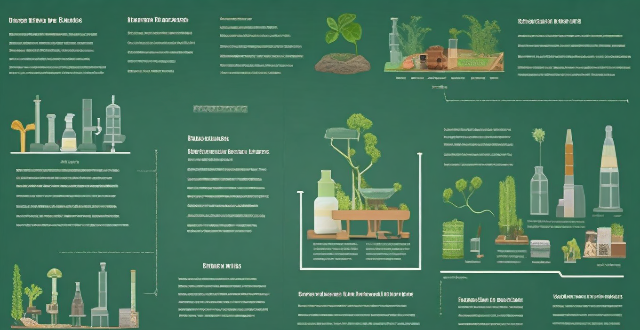Fossil fuels are hydrocarbons derived from prehistoric organisms, including coal, oil, and natural gas. Their formation involves prolonged periods of heat and pressure, converting organic material into energy-rich deposits. The extraction and use of these fuels contribute to environmental issues such as climate change and pollution.

Introduction to Fossil Fuels
Fossil fuels are a type of hydrocarbon fuel formed from the remains of ancient organisms, typically plants and animals, that have been buried under sedimentary rock and subjected to intense heat and pressure for millions of years. The three main types of fossil fuels are coal, oil (petroleum), and natural gas.
How Fossil Fuels Are Formed
Coal Formation Process
- Biomass Accumulation: Large amounts of plant material accumulate in swampy environments.
- Burial and Pressure: Over time, these plants are buried under layers of sediment and experience increasing pressure.
- Diagenesis: The plant material undergoes chemical changes due to the pressure and temperature, transforming it into peat.
- Coalification: With more heat and pressure over millions of years, the peat is transformed into various types of coal, such as lignite, sub-bituminous, bituminous, and anthracite.
Oil Formation Process
- Marine Life and Organic Debris: Large quantities of marine microorganisms and algae die and settle on the sea floor, along with other organic debris.
- Burial: This organic matter is then covered by layers of sediment, which prevents it from decaying by oxygen exposure.
- Thermogenic Reaction: As the sediment layers thicken, the temperature and pressure increase, causing the organic material to transform into kerogen.
- Catagenesis: With further increases in temperature and pressure, kerogen breaks down into liquid hydrocarbons, creating pools of oil within porous rocks.
Natural Gas Formation Process
- Organic Matter Breakdown: Like oil, natural gas forms when organic matter decomposes under high pressure and temperature.
- Bacterial Action: In some instances, methane-producing bacteria contribute to natural gas formation in shallow sedimentary layers.
- Migration: Natural gas, being lighter than oil, can migrate through fissures and permeable rocks, often accumulating in dome-shaped geological structures called traps.
Environmental Impact of Fossil Fuels
The burning of fossil fuels releases carbon dioxide and other greenhouse gases into the atmosphere, contributing to global warming and climate change. Additionally, the extraction and refining processes can have significant environmental impacts, including habitat destruction, water pollution, and air pollution.
In conclusion, fossil fuels are non-renewable resources that have played a crucial role in the industrial development of human civilization. However, their formation process is lengthy and complex, taking millions of years to create the energy sources we rely on today. The environmental consequences of our dependence on fossil fuels have led to increased interest in renewable energy sources as alternatives.